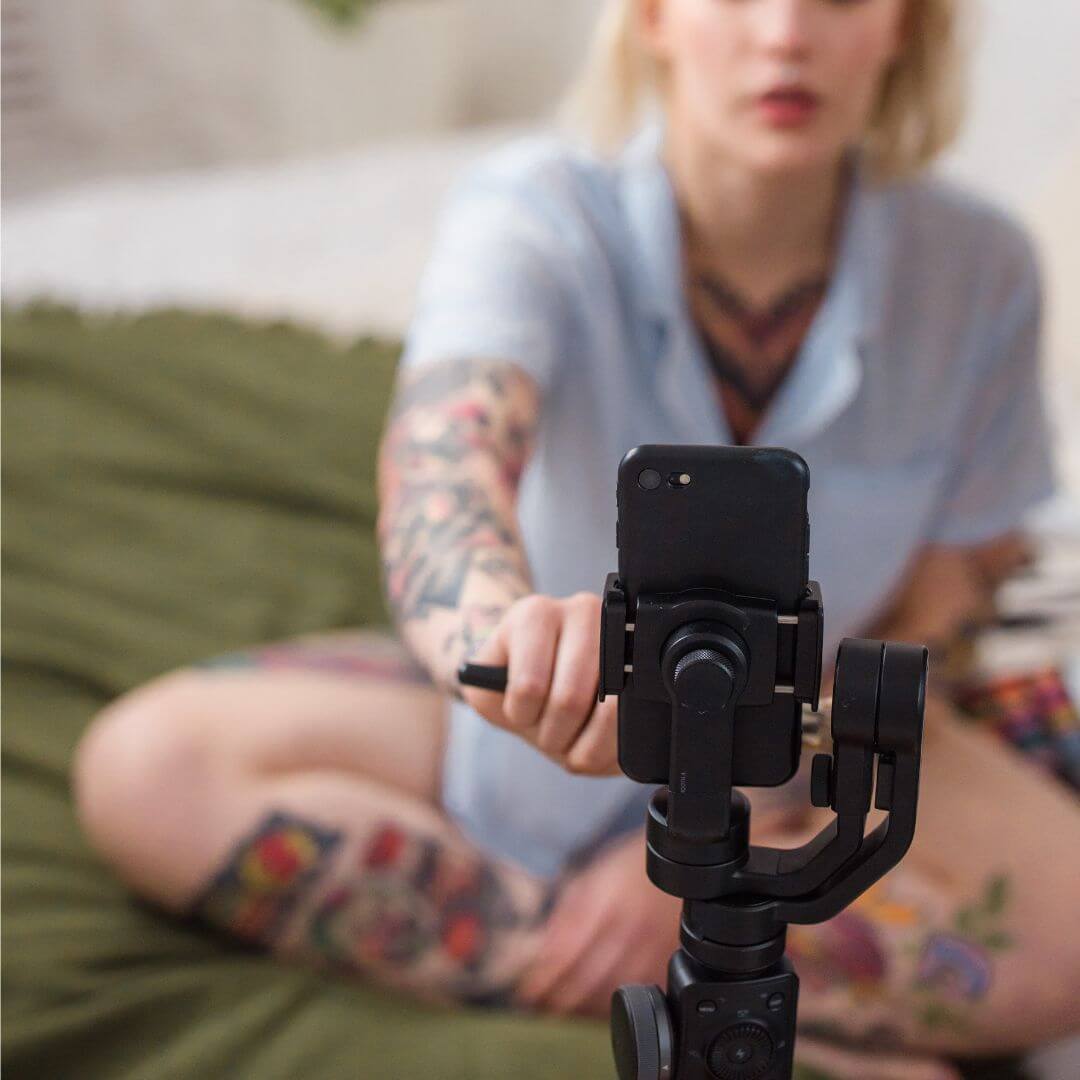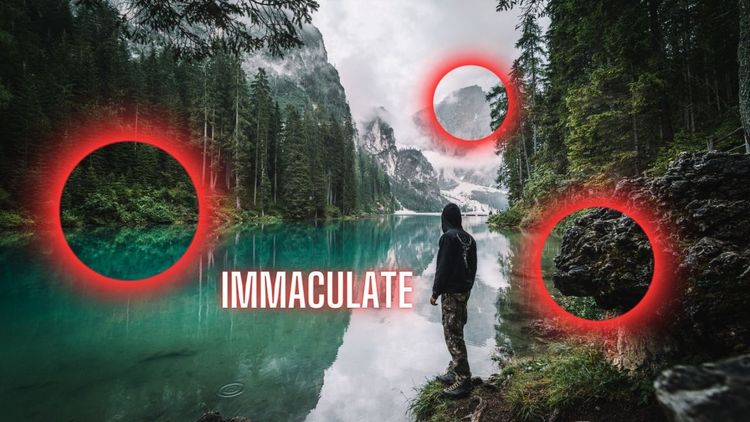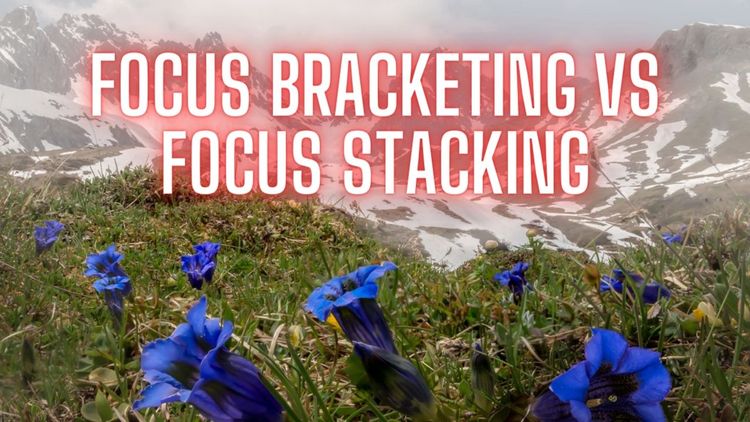What Is The Difference Between 2 Axis Vs 3 Axis Gimbal For Vertical Video?

Are you looking to get the perfect vertical video shot?
You may have heard about 2-axis and 3-axis gimbals and wondered what the difference is between the two.
In this article, we'll explain the differences between 2-axis and 3-axis gimbals, so you can make an informed decision when it comes to shooting vertical video.
Be sure to check out our latest article about the best gimbals for vertical video by clicking the button below!
What Is A Gimbal?
Hey everyone!
Have you ever seen those cool pictures and videos of smooth, steady camera footage and wondered how they did it? Well, the secret lies in a gimbal!
A gimbal is a device that helps stabilize a camera or other device while it’s in motion.
It works by using a combination of motors, weights, and sensors to detect and counteract any movements that the camera makes, resulting in a smooth, steady shot.
Gimbals are incredibly versatile – they can be used to produce cinematic footage on a drone, steady shots on a handheld camera, or even to help stabilize a mounted camera on a vehicle.
They’re also incredibly popular with filmmakers and vloggers who want to capture amazingly smooth footage in any situation.
A Gimbal is a tool for filmmakers that come in a variety of shapes and sizes and can be used with a variety of devices.
Some gimbals are specifically designed for use with smartphones, while others are more suited for use with professional cameras.
There are even gimbals designed for use with camera drones, to help produce smooth, cinematic shots from the sky with steady drone moves.
So, the next time you see a video with amazing, steady camera footage, you’ll know it was most likely shot with the help of a gimbal.
And if you’re looking to up your video game, then a gimbal could be the perfect way to get started!

2 Axis vs 3 Axis Gimbal
Are you in the market for a gimbal? If so, then you’ve probably heard of 2-axis and 3-axis gimbals. But what’s the difference between the two?
Well, a 2-axis gimbal is designed to help stabilize your video footage in two directions.
This means that it can tilt and pan your camera in two directions. This is great for when you’re shooting on the move, as it will help keep your footage stable and smooth.
A 3-axis gimbal, on the other hand, provides stabilization in three directions. That means that it can tilt, pan, and roll your camera.
This is great for shooting in all kinds of directions, whether that’s up, down, left, right, or any combination thereof.
So which type of gimbal is best for you? That depends largely on what kind of shooting you plan to do.
If you’re mostly shooting on the move, then a 2-axis gimbal should be sufficient.
But if you’re shooting in a variety of directions, then a 3-axis gimbal is probably the way to go.
It’s also important to consider the weight of your camera and the type of gimbal that it’s compatible with.
Some gimbals can only handle lighter cameras, while others can handle heavier ones.
Make sure that you’re aware of the specs of the gimbal that you’re considering before you make a purchase.
Overall, the choice between a 2-axis and 3-axis gimbal largely comes down to personal preference and the type of shooting that you’re doing.
There’s no right or wrong choice – just make sure that you’re aware of the specs and the type of shooting that you plan to do so that you can make the best possible choice.

2-Axis Vs 3-Axis Gimbal For Vertical Video
Shooting videos in portrait mode has become increasingly popular in recent years with the rise of vertical video platforms like TikTok and YouTube Shorts.
While many smartphones offer the ability to rotate the screen to shoot vertical videos, using a gimbal is a great way to add a professional touch to your videos.
But when it comes to choosing a gimbal for vertical videos, you have two options to choose from: a two-axis or a three-axis gimbal.
So, which one should you go for? Let’s take a look at the differences between the two and figure out which one is best suited for vertical video.
Two-Axis Gimbal
A two-axis gimbal offers stabilization for both the vertical (up/down) and horizontal (side to side) directions.
This means that it will help to reduce unwanted camera shake in both directions.
This type of gimbal is great for recording vertical videos and the stabilization effect is smooth and almost unnoticeable.
The downside of the two-axis gimbal is that it does not have the ability to rotate the camera to the left or right, which can be a limitation when recording in portrait mode.
- Vlogging: If you're filming yourself talking to the camera, a 2-axis stabilizer gimbal provides steady footage and stays focused on your face.
- TikTok & Instagram stories: When shooting short clips for social media, a 2-axis gimbal can help you create a polished look that stands out from the crowd.
- Travel videos: If you're on the go and need to pack light, a 2-axis gimbal is a great choice for stabilizing your footage without adding extra weight to your bag.
Three-Axis Gimbal
A three-axis gimbal offers stabilization in the vertical, horizontal, and rotational directions.
This means that it can stabilize the camera in all directions, which is great for recording videos in portrait mode.
The three-axis gimbal also offers the ability to rotate the camera to the left or right, which means that you can capture more interesting and dynamic shots in portrait mode.
The downside of the three-axis gimbal is that it can be bulkier and more expensive than a two-axis gimbal.
- Action sports: If you're shooting extreme sports like skateboarding or mountain biking, a 3-axis gimbal stabilizes your footage even when you're on the move. (action cameras, like GoPro have stabilization built-in to an extent)
- Cinematic shots: If you're looking to create more dynamic shots with changes in perspective and movement, a 3-axis gimbal can help you achieve a more professional look.
- Documentary-style videos: If you're shooting in an unpredictable environment, such as a crowded street or a busy market, a 3-axis gimbal can help you keep your footage stable and focused.

Which Gimbal Should You Buy For Shooting Portrait Mode Videos?
If you’re looking for a gimbal for vertical videos, then it really comes down to your budget and the type of videos you want to create.
If you want to be able to rotate the camera to the left or right, then you should opt for a three-axis gimbal.
On the other hand, if you’re on a tighter budget or you’re just looking for a basic gimbal to help reduce camera shake in vertical videos, then 2-axis gimbals should do the trick.
Whichever you decide to go for, you can be sure that you’ll be able to get professional-looking vertical videos with either one.
So, get out there and start shooting!
Difference Between A Two-Axis And Three-Axis Gimbal FAQs
When it comes to stabilizing your camera shots, the debate between two-axis and three-axis gimbals is a hot one.
Whether you're a professional cinematographer or just starting out with your first camera, understanding the differences between the two types of gimbals is essential for creating the best results.
Let's dive in and explore the differences between a two-axis and three-axis gimbal in this FAQ!
Do I need a 3 axis gimbal?
No, you don't necessarily need a 3 axis gimbal for vertical videos. But if you want to create high-quality, professional-looking vertical videos, then you should use a 3-axis gimbal.
This type of gimbal will allow you to stabilize the camera and provide smooth motion for your videos.
It will also help you capture fluid movement and create cinematic-looking footage.
What does 3 axis mean for a gimbal?
A three axis gimbal is a device that holds a camera steady, compensating for movement in three directions — up and down, left and right, and side to side.
By moving the camera in these three axes separately, the gimbal keeps the camera steady and allows for incredibly smooth, cinematic shots.
Which gimbal is easiest to balance?
The easiest type of gimbal to balance depends on what type of camera you are using.
If you are using a compact camera, then a single-axis gimbal is typically the easiest to balance.
These gimbals provide basic stabilization, and their simple design makes them relatively easy to balance.
On the other hand, if you are using a larger camera, then a 3-axis camera gimbal will provide the best stabilization and will be easier to balance.

What is the difference between 2 axis and 3-axis gimbal?
The main difference between a two-axis gimbal and a three-axis gimbal is the number of axes of movement.
A two axis gimbal has two axes of movement, typically pan, and tilt. This allows you to control the camera's orientation in two directions and movement in the yaw axis.
On the other hand, 3-axis gimbals stabilize and add a third axis of movement, usually roll.
This allows you to control the camera's orientation in three directions, giving you more control and flexibility when shooting.
Which one is better: 2 axis or 3 axis gimbal?
Well, it really depends on what you are trying to achieve. If you are looking for stable shots and smooth pans for vertical videos, then a 3 axis gimbal will be much better.
It allows you to capture videos without any shake or wobble, which is especially important when shooting in vertical mode.
On the other hand, if you are simply looking to stabilize your shots, then a 2 axis gimbal should do the job.
Should I get a handheld or full size controller for my camera to use with my gimbal?
It really depends on your personal preference. A Handheld gimbal tends to be more compact and easier to use, while full-size controllers provide more features and customization options.
If you're mainly looking to record vertical videos in portrait mode, then a handheld controller might be the best option for you.
On the other hand, if you need more advanced control over your gimbal or want the ability to record in different formats, then you might benefit from a full-size gimbal stabilizer.
Ultimately, the decision is up to you.
Best Portrait Mode Gimbal For Your Camera: Difference Between A 2-Axis And A 3-Axis Gimbal - Conclusion
In conclusion, it is important to understand the difference between a 2-axis and a 3-axis gimbal when choosing the best portrait mode gimbal for your camera.
A 2-axis gimbal should be a sufficient option if you are on a tight budget and are only looking to create vertical video.
If you have a setup with a camera and lens, however, then a 3-axis gimbal may be the better option.
I personally prefer the three-axis gimbal for vertical video and other gimbal work, because I can switch between a smartphone or a camera with lens setup and use only one tool for both while shaky footage gets eliminated by the camera gimbal.
No matter what your budget or camera setup is, we hope our blog post on the best gimbals for vertical video creation has helped you make an informed decision.
Your friend,
Ben





